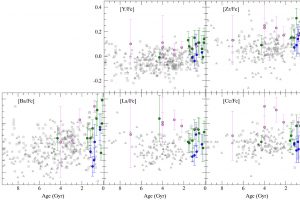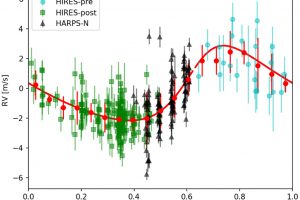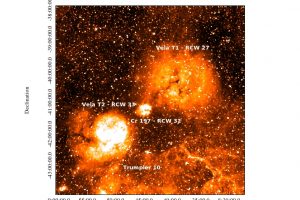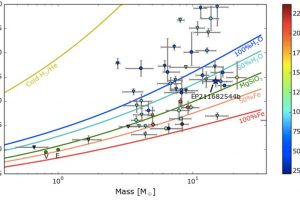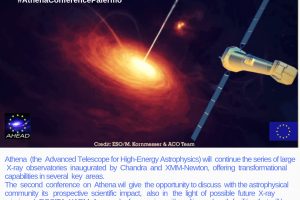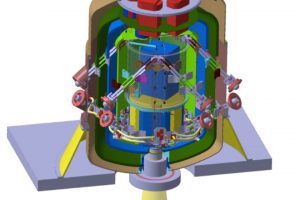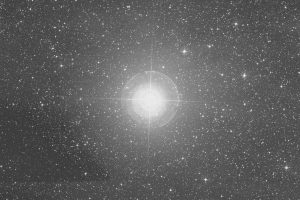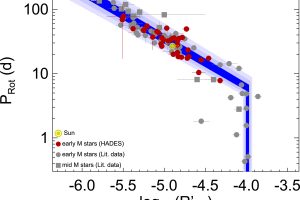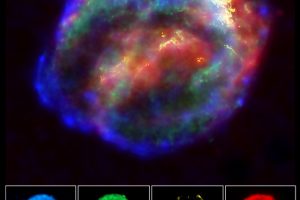The formation of the prebiotic molecules in space. The study: “Dust Motions in Magnetized Turbulence: Source of Chemical Complexity” of G. Cassone (Czech Academy of Sciences) published on ApJL

One of the big and so far unsolved mysteries regarding the origin of life is what are the processes leading to the formation of its fundamental components: aminoacids and their precursors. In the past years several aminoacids have been detected in meteorites. This supports the hypothesis that life could have developed on Earth thanks to complex molecules formed in space.
» Read more
